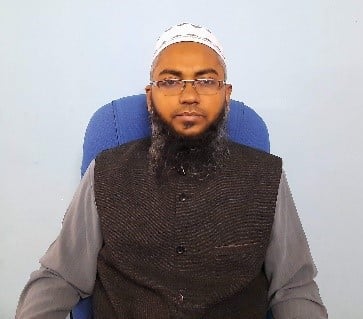Water, Waste and Wastewater: Treatment and Resource Recovery, 2nd Edition
A special issue of Water (ISSN 2073-4441). This special issue belongs to the section "Wastewater Treatment and Reuse".
Deadline for manuscript submissions: 15 July 2024 | Viewed by 8453
Special Issue Editor
2. Department of Civil and Environmental Engineering, Islamic University of Technology (IUT), Gazipur 1700, Bangladesh
Interests: water; wastewater; saline water; quality; treatment; waste; impact
Special Issues, Collections and Topics in MDPI journals
Special Issue Information
Dear Colleagues,
Human activities that generate domestic sewage and waste cause water pollution by contaminating water with disease-causing microorganisms and poisonous substances. Oil spills are another source of water pollution that have devastating impacts on surrounding ecosystems. Water and wastewater are polluted by various types of waste. Therefore, proper treatments of water, waste and wastewater are necessary to protect the environment from pollutants. Further, the resource recovery of valuable elements and the recycling of treatment wastewater are required to meet zero discharge policy.
This Special Issue focuses on water, waste and wastewater in terms of treatment and resource recovery. We invite the submission of contributions that highlight best practice in the development and implementation of schemes for the monitoring and assessment of water and wastewater quality and waste management. We welcome original research papers, case studies and critical reviews.
Dr. Amimul Ahsan
Guest Editor
Manuscript Submission Information
Manuscripts should be submitted online at www.mdpi.com by registering and logging in to this website. Once you are registered, click here to go to the submission form. Manuscripts can be submitted until the deadline. All submissions that pass pre-check are peer-reviewed. Accepted papers will be published continuously in the journal (as soon as accepted) and will be listed together on the special issue website. Research articles, review articles as well as short communications are invited. For planned papers, a title and short abstract (about 100 words) can be sent to the Editorial Office for announcement on this website.
Submitted manuscripts should not have been published previously, nor be under consideration for publication elsewhere (except conference proceedings papers). All manuscripts are thoroughly refereed through a single-blind peer-review process. A guide for authors and other relevant information for submission of manuscripts is available on the Instructions for Authors page. Water is an international peer-reviewed open access semimonthly journal published by MDPI.
Please visit the Instructions for Authors page before submitting a manuscript. The Article Processing Charge (APC) for publication in this open access journal is 2600 CHF (Swiss Francs). Submitted papers should be well formatted and use good English. Authors may use MDPI's English editing service prior to publication or during author revisions.
Keywords
- water
- wastewater
- saline water
- water quality
- wastewater quality
- treatment
- waste
- impact
- cycle
- effluent
- sewage
- pollution
- reuse
- recycle
- resource recovery
- desalination, ecosystems
- zero discharge policy
- STP
- ETP
- EIA
- MSW





